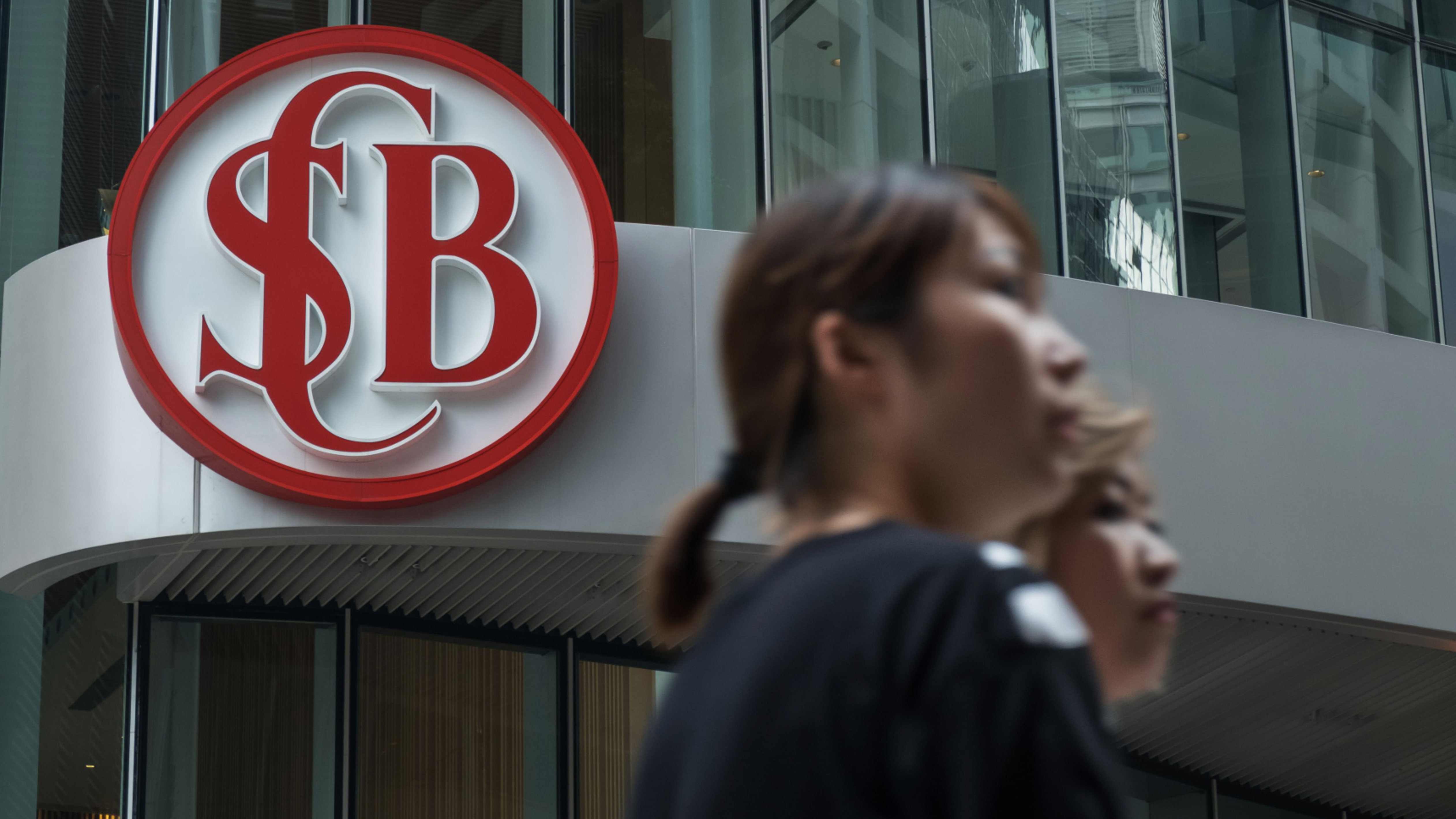The Banker’s Top 250 Asia-Pacific Banks 2022

The Covid-19 pandemic’s impact on tourism and trade continues to be felt across Asia-Pacific, hitting the banking sectors' pre-tax profits in several economies. However, the region's banks have seen increases across Tier 1 capital and asset growth. Kimberley Long reports.
Asia’s economies have seen a mixed set of results as the region's nations have responded differently to the Covid-19 pandemic. Several countries have revised down their gross domestic product (GDP) forecasts for 2021, with factors ranging from restricted vaccine access to devastated tourism industries and supply chain disruptions all having an impact on economic growth.
In 2020, only a handful of the 15 economies listed in the ranking managed to expand GDP, including China (2.3%), New Zealand (1%) and Vietnam (2.9%), according to World Bank figures.
Despite this, just 24 banks in the top 250 reported a drop in Tier 1 capital. Within the cohort of countries, only Indonesia saw a contraction in aggregate Tier 1 capital, of about 3%. Impressively, there was a 14.6% rise in Tier 1 across all of the economies listed.
Chinese banks take up 100 of the 250 spots in the ranking and account for more than half of the total assets, worth $36.7tn. Japan trails well behind in second place, with 33 banks and accumulated assets of $13.2tn. In terms of asset growth, however, India comes out top, with its 18 banks reporting an aggregate asset increase of 24%. South Korea comes second in this regard, with a 19.6% growth in assets across its 13 banks in the ranking. In total, assets in the region increased by 14.5%.
Across the Asia-Pacific region, aggregate pre-tax profits took a slight dip in 2020, contracting by 0.7%. India most notably bucks the trend, seeing pre-tax profits grow by 110.6%. The only other counties to see increases are South Korea (14.7%), Vietnam (7.8%) and China (5.3%). Indonesia experienced the biggest fall (36.8%) in profits.
Top performers
The Banker has also run its best-performing bank methodology against the largest five (or fewer) bank-holding companies (excluding foreign-owned subsidiaries) by Tier 1 capital in the Asia-Pacific region.
In Australia, Macquarie Group rose from fifth place in our 2020 ranking to take the accolade as the best-performing bank. It came in first in six of the eight metric categories, including growth, profitability, asset quality, return on risk, soundness and leverage, which gives the investment bank an overall score of 6.23. In a reversal of fortune, Westpac went from coming first in the previous edition to place fifth this time, coming in last for profitability, asset quality, return on risk and leverage.
For the second time running, Shanghai Commercial Bank (SCB) ranks first in Hong Kong, with a score of 6.46 — the highest of all the banks included in the country rankings this year. SCB outperforms its competitors in five of the categories: profitability, operational efficiency, asset quality, return on risk and soundness. Nanyang Commercial Bank overtook Dah Sing Bank to take second spot.
A much greater mix in performance is demonstrated by India’s banks. While HDFC Bank takes first place in the overall ranking for the second time, it scores highest only in operational efficiency and asset quality. It is also ahead of second-placed ICICI Bank by the narrowest of margins, with a score of 6.41 to ICICI’s 6.40. This is reflected in the results as ICICI takes first place in the growth, profitability, return on risk and leverage categories, but is let down by a poor result in operational efficiency.
In Malaysia, Bank Rakyat came from outside the top five last year to take top place, despite a broad range of scores. The bank took first place in soundness and leverage, but scraped into fifth place for operational efficiency and liquidity. Meanwhile, Public Bank maintained second place by outperforming its peers in profitability, operational efficiency, asset quality and return on risk.
Land Bank Philippines jumped into first place in the overall country ranking, outperforming in five of the metrics. It overtook Metropolitan Bank & Trust Company, now in second place with good performance in operational efficiency, soundness and leverage.
Out of the three biggest Singaporean banks, Oversea Chinese Banking Corporation (OCBC) managed to oust DBS as the best-performing bank, with a score of 5.56. OCBC came first in profitability, return on risk, liquidity and leverage, but third for soundness. DBS performed well in growth and operational efficiency, and tied with OCBC in terms of profitability.
In Thailand, TMB Bank came from fifth place in the previous ranking to take top spot overall and placed first in five categories, scoring 5.89. The bank’s success was aided by the varying results across the categories from its competitors, with only second-placed Kasikornbank not ranking first in any of the categories. Meanwhile, fifth-placed Bangkok Bank took first place in asset quality and second place in growth and liquidity.


